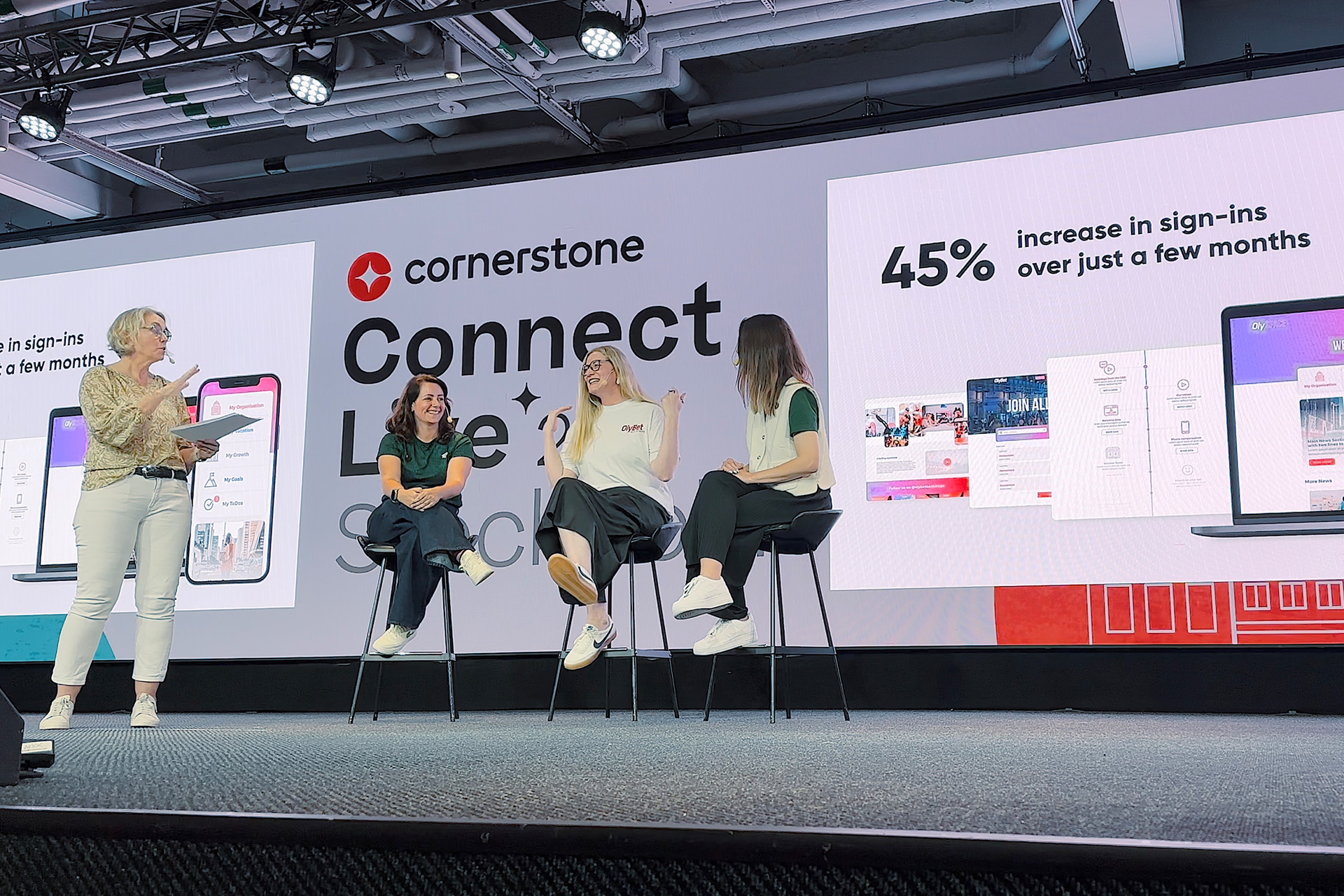Clear, actionable goals are the key to driving HR success.
Focusing on critical areas like analytics, compliance, and learning allows HR teams to align their strategies with organizational objectives and foster continuous growth. In this playbook, we’ll explore how setting focused goals in these areas can help you achieve measurable results and build a solid foundation for success.
Setting Goals for Analytics: Making Data Work for You
Analytics allows HR to shift from reactive to proactive decision-making. Setting clear goals for HR analytics helps measure the impact of initiatives, identify emerging trends, and make informed decisions that drive organizational success.
- 🔑 Goal #1: Get Clear on Key Metrics
Start by identifying the metrics that matter most to your organization. Focus on one high-level metric that aligns with your strategic goals, such as employee engagement, retention rates, or recruitment efficiency. These metrics will provide insights into overall performance.
Support your primary metric with a few secondary metrics, such as training completion rates or employee satisfaction. These secondary metrics offer additional context, helping you identify the root causes and fine-tune your strategies.
Best Practice: Choose metrics that directly affect your organization’s success and align them with your business objectives. The right metrics will guide decision-making and help improve HR outcomes.
- 📊 Goal #2: Build Your Dashboard
Once you’ve selected your key metrics, it’s time to track them effectively. A custom dashboard is an excellent tool to monitor your data in real-time, giving you a clear view of your most important metrics.
A dashboard should be easy to navigate and display all your key data points in one place. Whether you’re tracking employee engagement or time-to-fill, a dashboard ensures that you have all the relevant information at your fingertips to make quick, informed decisions.
Need help visualizing your data for better decision-making?
Explore our Analytics & Reporting tools or Get in Touch to get started.
Best Practice: Start by creating a dashboard to track your primary metric. Expand as needed to incorporate secondary metrics and ensure you’re covering all key data points.
- 🔮 Goal #3: Predict, Don’t React
Predictive analytics is a powerful tool that allows HR to stay ahead of potential challenges. Instead of reacting to issues like employee turnover or skills gaps, you can forecast these trends using historical data, helping you take proactive action.
For example, predictive models might indicate that certain teams are at a higher risk for turnover. With this data, you can implement retention strategies before turnover becomes an issue, such as offering additional learning opportunities or adjusting compensation packages.
Best Practice: Use predictive analytics to forecast trends and make data-backed decisions that allow you to address challenges before they impact the business.
Setting Goals for Compliance: Staying Ahead of the Curve
Compliance is an ongoing challenge, especially with regulations constantly evolving. Establishing clear, achievable goals for compliance ensures that your HR team is always prepared for audits and regulatory changes.
- ⚖️ Goal #1: Stay on Top of Regulatory Changes
The regulatory environment is constantly changing, especially in areas like data protection, labor laws, and workplace safety. It’s crucial to have a system in place to monitor new or evolving regulations that impact your HR practices. By staying proactive, you ensure that your team is always prepared for audits and compliance reviews.
Best Practice: Set up alerts for regulatory updates and subscribe to industry newsletters or resources to stay informed. Consider using automated tools that track changes in relevant laws and compliance standards.
- 🗓️ Goal #2: Conduct Regular Compliance Audits
Conducting regular audits helps identify gaps in your compliance efforts. Whether it’s reviewing how employee data is handled or ensuring fair recruitment practices, audits help you pinpoint areas for improvement before they become problems.
Audit processes should be frequent and thorough. Set a schedule for internal audits and make them part of your ongoing HR activities. This will help you stay organized and ensure that nothing is overlooked.
Best Practice: Implement quarterly compliance audits, and involve multiple departments to get a comprehensive view of potential compliance risks.
- ⏰ Goal #3: Empower Your Team with Training
Your HR team is your first line of defense when it comes to maintaining compliance. To ensure that they are always up to date, provide ongoing training on relevant regulations, compliance policies, and best practices. By empowering your team with knowledge, you reduce the risk of violations and increase overall compliance efficiency.
Need a quick way to send compliance reminders?
Our Browser Notifications might be the right solution.
Best Practice: Offer annual compliance training sessions and ensure new hires receive training during onboarding. Use interactive training methods to keep your team engaged.
Setting Goals for Learning: Continuous Growth for Every Employee
Learning is at the heart of employee development, and setting clear goals for learning ensures your team continues to grow, adapt, and succeed. By fostering a culture of continuous learning, you not only support individual growth but also drive organizational success.
- 🧑 Goal #1: Personalize Learning Paths
Start by tailoring learning opportunities to the individual needs of your employees. Instead of a one-size-fits-all approach, offer personalized learning paths based on employees’ roles, career goals, and skill gaps. This creates a more engaging and effective learning experience, which can lead to improved performance and job satisfaction.
Want to boost engagement through personalized learning?
See how custom learning paths can drive results.
Best Practice: Use learning management systems to create customized training plans that align with both organizational needs and individual growth aspirations.
- 🔁 Goal #2: Encourage Ongoing Development
Learning shouldn’t stop after onboarding. Encourage employees to continue developing throughout their careers. Offer a mix of formal training, mentorship, and on-the-job learning to ensure that employees have opportunities to grow continuously.
Best Practice: Provide access to a variety of learning resources such as online courses, workshops, and peer learning programs to cater to different learning styles and needs.
- 📈 Goal #3: Measure the Impact of Learning
Tracking the effectiveness of your learning initiatives is key to ensuring that they’re delivering results. Set up metrics to measure the impact of learning programs on employee performance and organizational outcomes. These metrics can include learning completion rates, employee performance improvements, and employee engagement with training programs.
Best Practice: Regularly assess learning outcomes and adjust your programs to ensure they’re meeting employee needs and contributing to overall business goals.
Achieving HR Excellence with Clear Goals
Clear and actionable goals for analytics, compliance, and learning ensure that your HR team can stay ahead of the curve, drive engagement, and support continuous growth. By focusing on key metrics, staying on top of regulatory changes, and personalizing learning paths, you can create an environment where employees thrive and your organization excels.

Let’s Create the HR Strategy That Will Drive Your Success
At Octily, we know that the best HR strategies are the ones built for your team’s unique needs. Whether it’s boosting employee engagement, improving compliance processes, or creating custom learning paths, we’re here to help you build the right solution.
Let’s work together to create a strategy that supports your team, aligns with your goals, and sets your organization up for success.
Get in touch, send an email, or book a meeting. We would love to explore what we can create together.


